48+ Sample Mileage Log’s
-
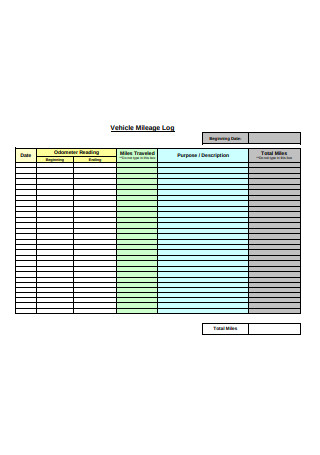
Vehicle Mileage Log
download now -
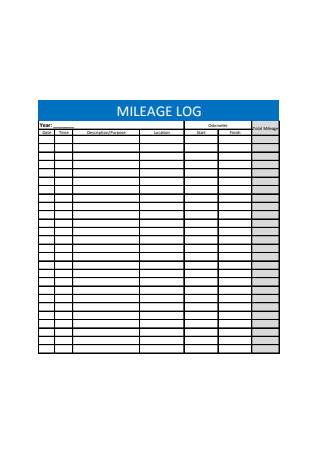
Mileage Log Example
download now -
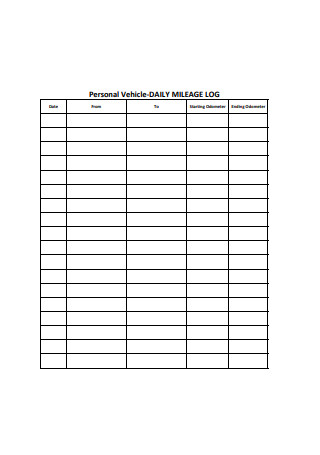
Personal Vehicle Daily Mileage Log
download now -

Mileage Log
download now -

Mileage log for Employee Reimbursement
download now -
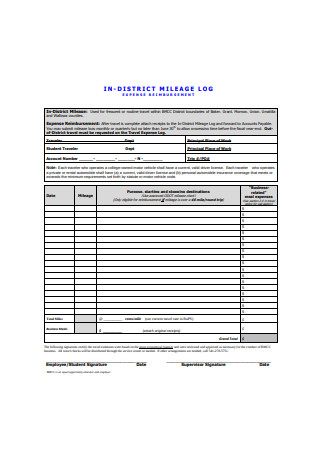
Mileage Log Format
download now -
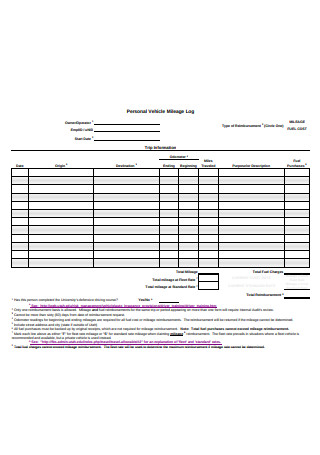
Personal Vehicle Mileage Log Format
download now -
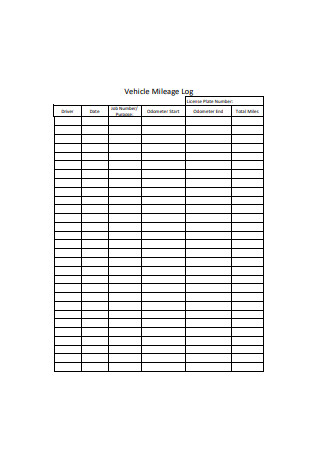
Vehicle Mileage Log Example
download now -
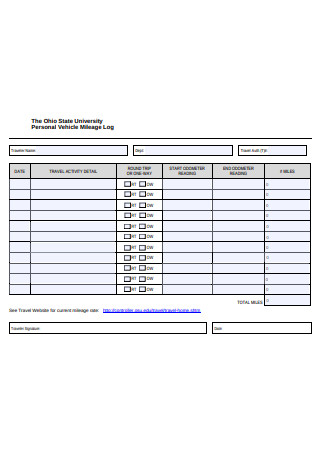
Personal Vehicle Mileage Log Sample
download now -

Standard Mileage Log
download now -

Simple Mileage Log
download now -
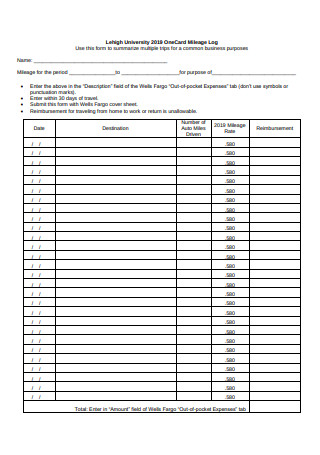
Mileage Log Sample
download now -
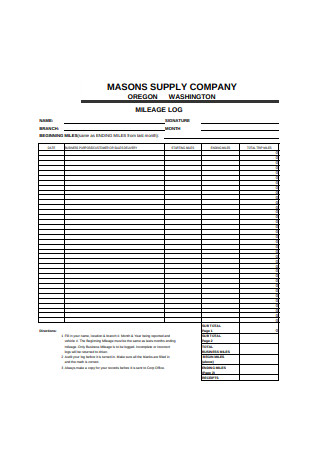
Simple Mileage Log Format
download now -
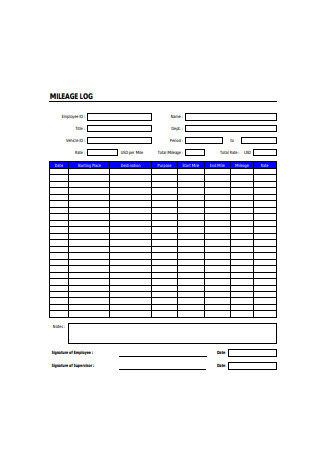
Printable Mileage Log
download now -
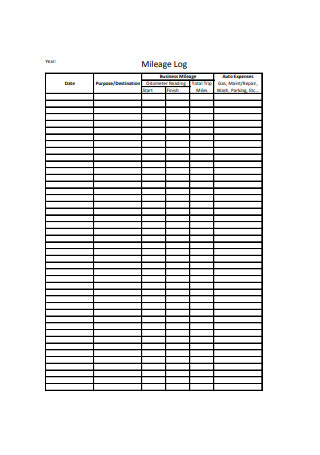
Simple Mileage Log Example
download now -

Standard Mileage Log Format
download now -
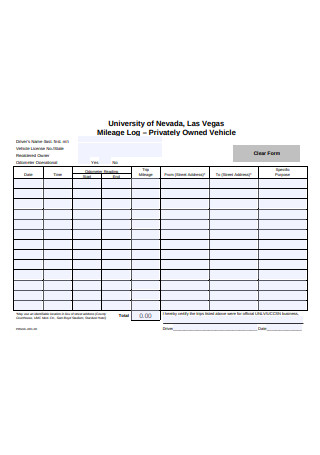
Vehicle Mileage Log Sample
download now -
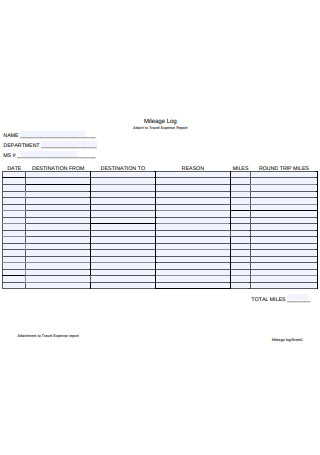
Printable Mileage Log Example
download now -
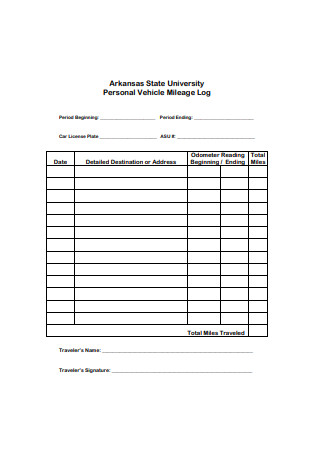
Personal Vehicle Mileage Log Example
download now -
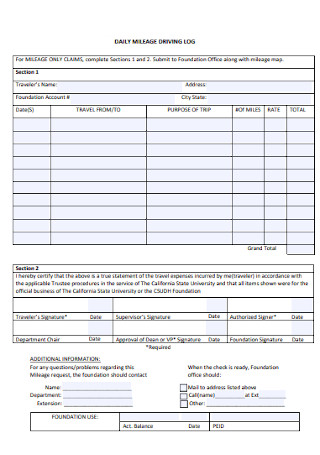
Daily Mileage Driving Log
download now -
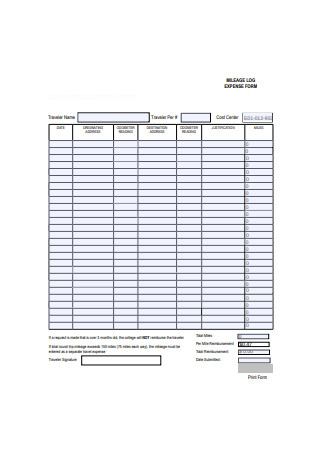
Mileage Log Expense Form
download now -
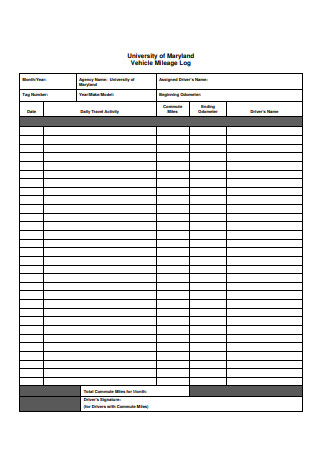
Sample Vehicle Mileage Log
download now -
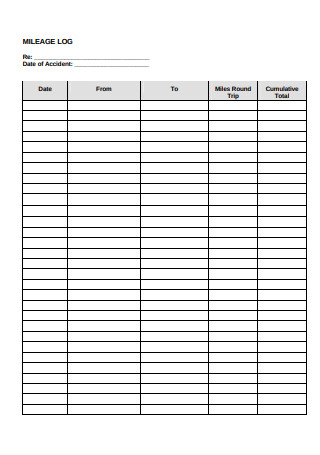
Standard Mileage Log Example
download now -
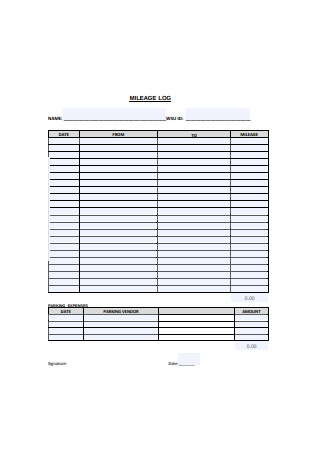
Printable Mileage Log Sample
download now -
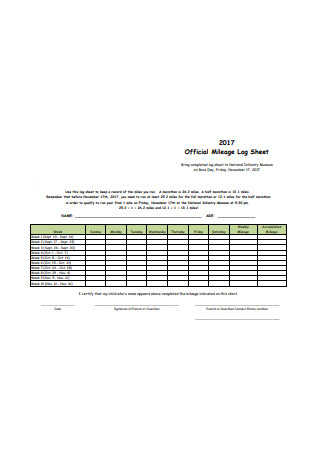
Official Mileage Log Sheet
download now -
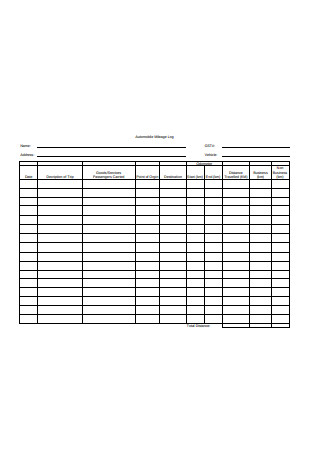
Automobile Mileage Log
download now -
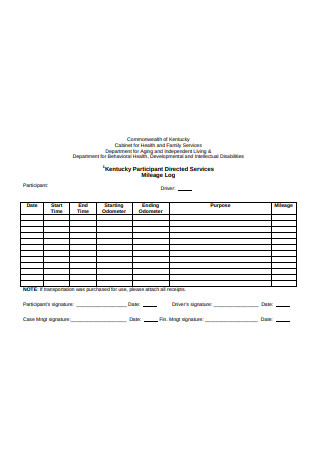
Sample Mileage Log Example
download now -

Standard Mileage Log Sample
download now -
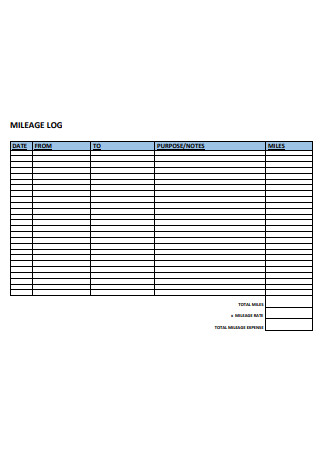
Basic Mileage Log
download now -
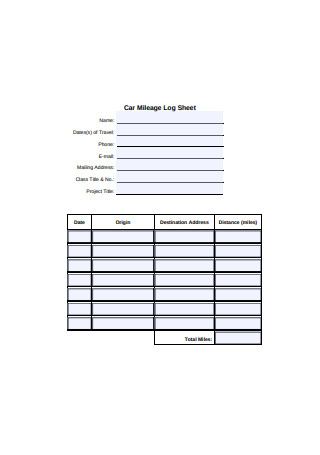
Car Mileage Log Sheet
download now -
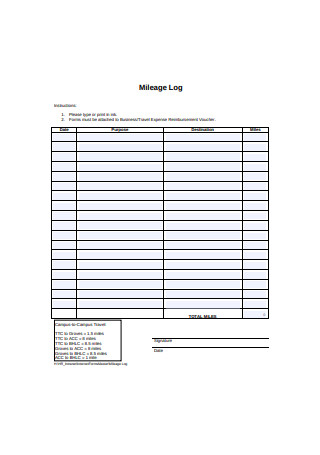
Printable Mileage Log Format
download now -

Individual Mileage Log
download now -
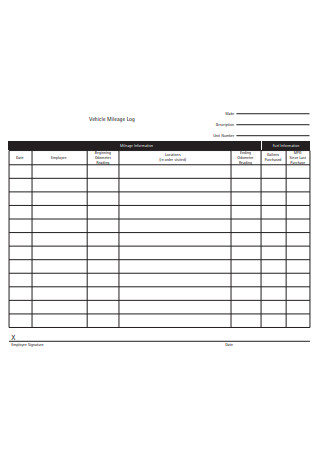
Simple Vehicle Mileage Log
download now -
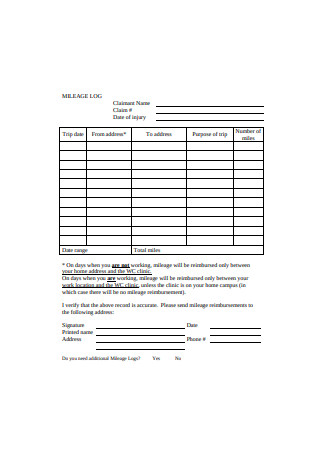
Basic Mileage Log Example
download now -

Sample Mileage Log Format
download now -
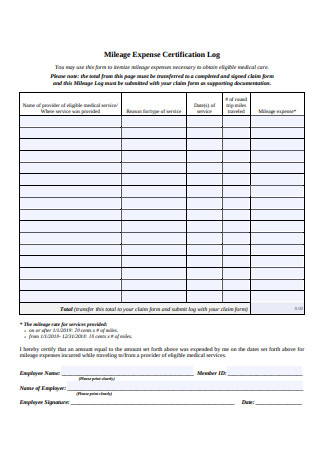
Mileage Expense Certification Log
download now -

Child Care Mileage Log
download now -
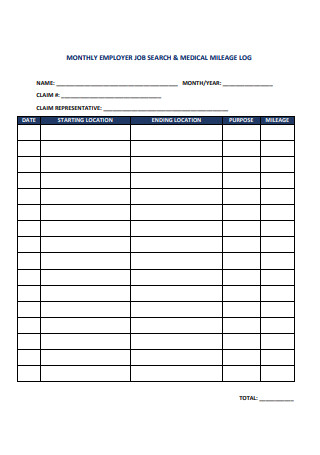
Medical Mileage Log
download now -
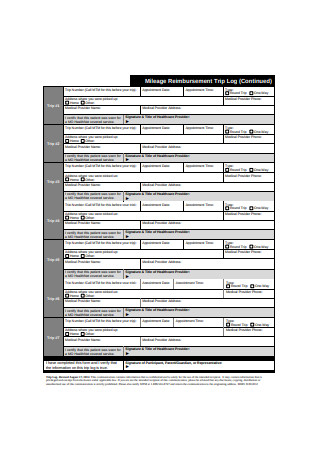
Mileage Reimbursement Trip Log
download now -
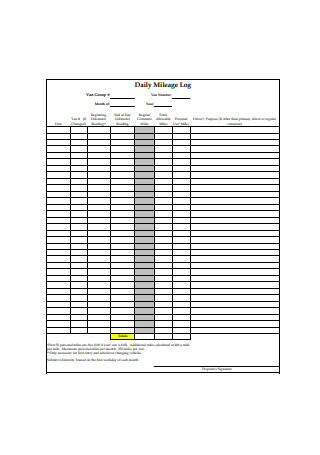
Daily Mileage Log
download now -
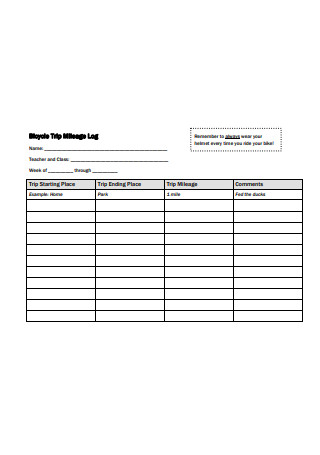
Bicycle Trip Mileage Log
download now -

Monthly Mileage Log
download now -
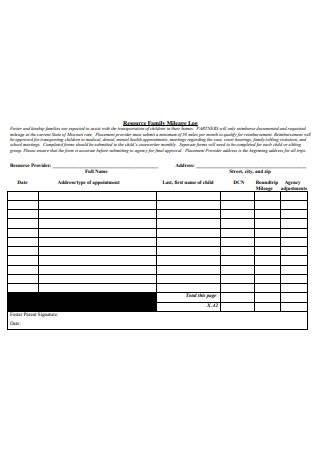
Resource Family Mileage Log
download now -
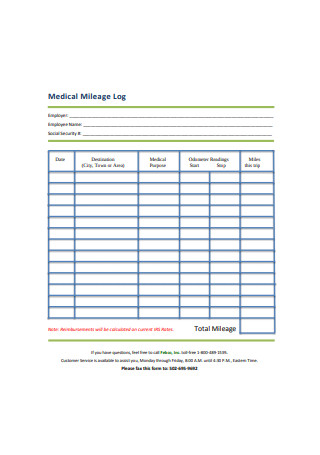
Medical Mileage Log Sample
download now -
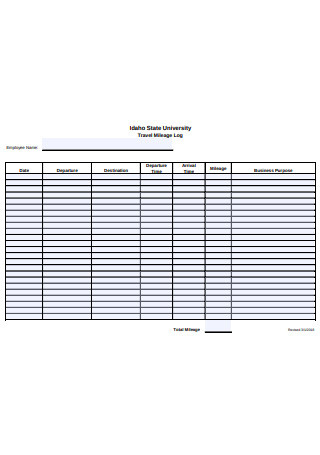
Travel Mileage Log Fomat
download now -
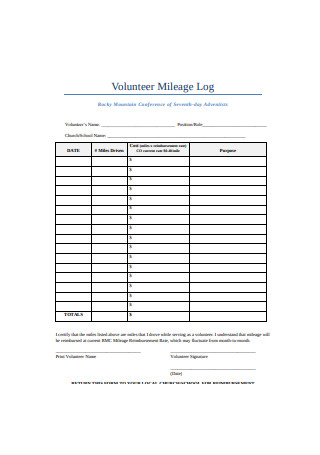
Volunteer Mileage Log
download now -

Sample Vehicle Mileage Log
download now -
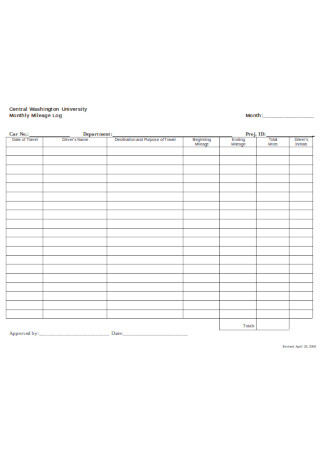
Monthly Mileage Log Template
download now -
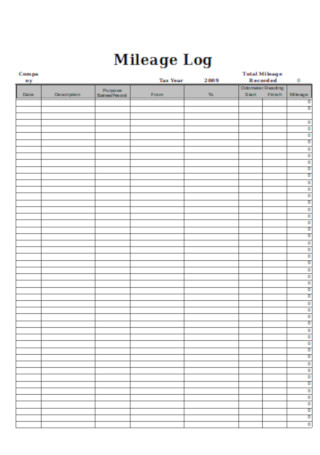
Formal Mileage Log Template
download now
FREE Mileage Log s to Download
48+ Sample Mileage Log’s
What Is a Mileage Log?
Elements of a Mileage Log
How to Log the Mileage for Tax Deductions
FAQs
What constitutes business driving mileage?
What other tips should you consider for mileage tracking?
Which method is better between standard mileage and actual expenses?
However, there are processes a worker must consider for the return of several payments. Before the release of maintenance or repair allowance, the company requires a receipt as evidence of the transaction. For gas allowances or reimbursements, a mileage log is essential. The record is necessary for more than just reimbursements and allowances. Find out more about mileage logs from the article below, including its definition, parts, and creation. There are also samples found in the article, and make sure to download them for your reference.
What Is a Mileage Log?
A mileage log is a record sheet of the distance traveled by a vehicle for business or company purposes over a given period. The chart is in the composition of a simple spreadsheet, form, logbook, or online tracker. An employee uses it to claim either a tax deduction or collect reimbursement from the employer. The mileage log works as proof for the travel and keeps track of other deductible miles from the record, including purposes for appointments, emergencies, charitable, or moving. The Internal Revenue Service (IRS) audit requires an individual’s reassurance of a meticulous and accurate set of records of daily driving using a company-issued car to deduct the miles used from the tax return. It is necessary to distinguish between the trips made, whether it is for personal or business use. In doing so, there is a more accurate representation of the data on record.
According to a news release by the Internal Revenue Service in December 2020 about the standard mileage rates for 2021, at the start of the year 2021, standard mileage rates for the use of a car for business is 56 cents per mile. The rate is lower by 1.5 cents per mile compared to the previous year. The new release also states the mileage rates for charitable, medical, and moving purposes.
Elements of a Mileage Log
Mileage logs must be accurate, meaning the record must date from the start until the end of a calendar year. It is advisable to double-check the account and the receipts from all travel incurred in the year. It must match the amounts present in both documents to ensure everything is accurate and precise. Here are the items that must reflect in a mileage log.
How to Log the Mileage for Tax Deductions
If driving is an essential part of an individual’s job, then under the IRS standard, they qualify for cost reductions in their federal income tax returns. Once a person qualifies for the deductions, it is necessary to include all documentation about business trips and expenses as evidence to support the auditing of taxes. Here are helpful steps in logging mileage for an individual’s tax deductions.
Step 1: Ensure Qualification for Mileage Deductions
Under the IRS standard, a taxpayer qualifies for mileage deduction for travel from the office to a worksite, from the office to another place of business under the organization’s jurisdiction, or for driving on business-related duties.
Step 2: Determine the Method of Calculation
Claiming of the deduction is through two methods, namely standard and actual expense. In the first method, it is a must for an individual to keep track and record the traveled miles going to work. In the IRS basis of calculation, a deduction rate of 56 cents per mile applies to an individual for work or business. For the second method, it is essential to save all receipts of expenses in traveling to work.
Step 3: Maintain the Driving Log and Receipt Records
Based on the selection of calculating deductions, a taxpayer must save driving logs and receipt records. In choosing the standard mileage deduction, a report for miles driven is necessary. The IRS specifies that at the start of each trip, the taxpayer must indicate the odometer reading and list the purpose and date of the travel, with the start and end locations. After the journey, the person must write the final odometer and subtract from the initial mileage reading to acquire the total distance traveled for the trip. If the individual chooses the actual expense deduction instead of a mileage log, documentation of copies of relevant receipts is necessary. The document must indicate the date, the dollar amount of the product or service, and the description of the item or service purchased.
Step 4: Register the Odometer Reading at the Start and End of the Tax Year
The IRS requires a taxpayer to report the total number of miles the vehicle an individual uses to travel in a tax year. The cumulative measure of mileage the person accounts must reflect in the record found in Form 2106 or the Employee Business Expenses Form. As such, an employee must include the vehicle’s odometer reading at the start of the tax year. Also, at the end of the tax year, the individual must indicate the ending odometer reading. The utilization of the figure is in association with the odometer reading at the beginning of the year to calculate the cumulative miles driven by the individual for the year. The information, including the miles used for business purposes, is an essential part of the Employee Business Expenses Form.
Step 5: Include the Mileage on Tax Returns
When a taxpayer accomplishes their respective tax returns, they list the total amount of miles traveled in Form 2106. The calculation of the figure is through the IRS standard mileage rate for the year to determine the deductible amount. Using the actual expense method, the person must organize all documents and receipts of expenses, including gasoline, oil, vehicle rentals and insurance, and depreciation.
Step 6: Keep All Necessary Documentation
An individual must retain all documentation relating to mileage deduction for at least three years as recommended by the Internal Revenue Service. In the case of sudden requests to substantiate the mileage deduction, the taxpayer submits a personal copy and keeps another copy for themselves. The individual must make two copies of the mileage per year and create a new one for the following tax years.
FAQs
What constitutes business driving mileage?
The most probable candidates considered for the deduction of business mileage are self-employed individuals using their vehicles for business purposes. Private employees are also viable to file for the discount of the cost for miles if the employers give insufficient reimbursements based on the total amount mandated by the IRS. It is also noteworthy to include that taxpayers commuting to and from work cannot deduct mileage costs. It is also necessary to state the purpose of travel aside from the total mileage driven. Mileage deductions are allowable if the individual is driving from one work location to another, visiting clients or customers, going to business meetings, and moving to a temporary workplace. Job-related errands can also undergo deduction. Activities like supply pick-ups, and business trips, and entertainment. Other factors also affect the rates of the IRS and must be relevant to the current rules. It is also advisable to consult tax accountants to ensure that deductions are allowable and accurate.
What other tips should you consider for mileage tracking?
Creating a mileage tracker or log is not as overwhelming as it sounds, and an individual can quickly process a record and maintain efficiency. It is advisable to calculate mileage daily. A taxpayer must make it a habit to record all daily travel logs so that the information is accurate and detailed. It is especially relevant if the individual opts for a standard mileage deduction. It is also helpful to use maps as a backup. People make mistakes, and some tracking apps may malfunction, so it is necessary to have a backup plan. If the vehicle’s usage is for business, look up the route of travel to estimate the miles traveled, then print a copy for your records. Always keep all your receipts and other documents to ensure that data is not lost. Also, consider storing digital versions in a safe and easily accessible location. A computer’s hard drive or a flash drive with labels are beneficial in this case. It is advisable to have a paper log in the car. It serves as another contingency plan when an individual heavily relies on tracking applications and new technology. Always aim for accuracy regardless of the method of tracking mileage count. It ensures that you are not missing out on any deductions and reimbursements on the amount owed.
Which method is better between standard mileage and actual expenses?
Choosing between the two options depends on which method provides the individual with the most tax savings. There are plenty of variables that affect standard mileage and actual expenses, including the number of miles driven and the use of either a personal or a business vehicle. Out of the two, the number of miles run in a tax year holds more value. In using the actual expense deduction method, almost every expense associated with business driving can be applied, including interest of a car loan, vehicle depreciation, registration fees and taxes, garage rents, lease payments with some restrictions, car insurance, oil and gasoline costs, maintenance and repair fees, other insurances, tires, license plates, and registration fees. Multiply the total of these expenses by the percentage of business use for the vehicle. For the standard mileage method, limitations such as the Modified Accelerated Cost Recovery System (MACRS) accounting or claiming the Section 179 deductions prevent an individual from using the deduction process. Also, a person cannot use the standard mileage if the individual has more than four leased cars at a time.
For a self-employed individual or an employee that is not getting the mandatory reimbursements at work, it is necessary to keep track of mileage logs for the deductions associated with business-related travel. Having a mileage record also helps in understanding essential expenses such as maintenance and repairs. An individual must also know the composition of a mileage log and how to make one and help with tax deductions. In the words of David Mellem, “The biggest mistake regarding record-keeping is not writing things down or not remembering where you wrote it down.” Always make it a habit to write records for future reference. Check out the available mileage log samples in the article and start recording all necessary information to claim reimbursements and deductions.
